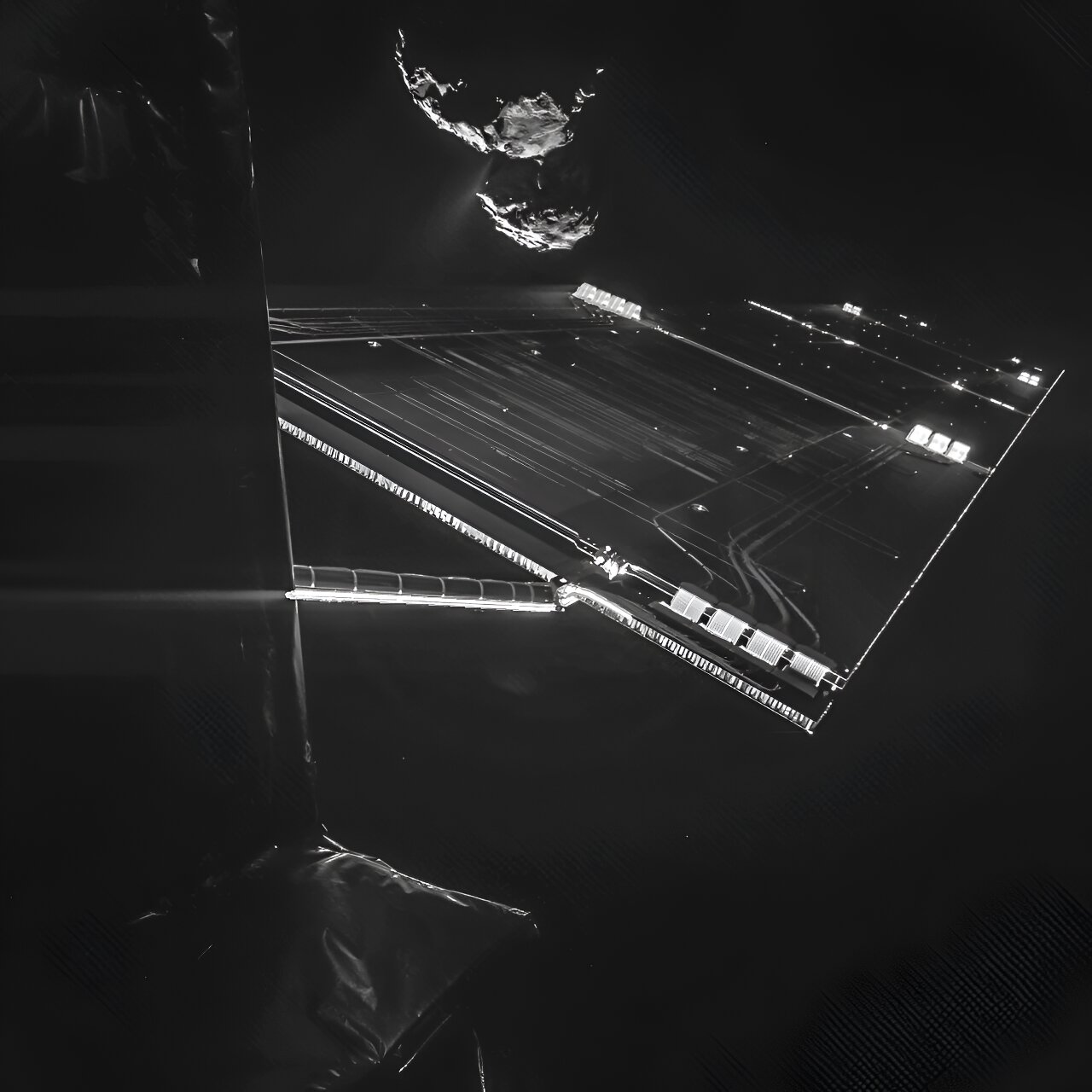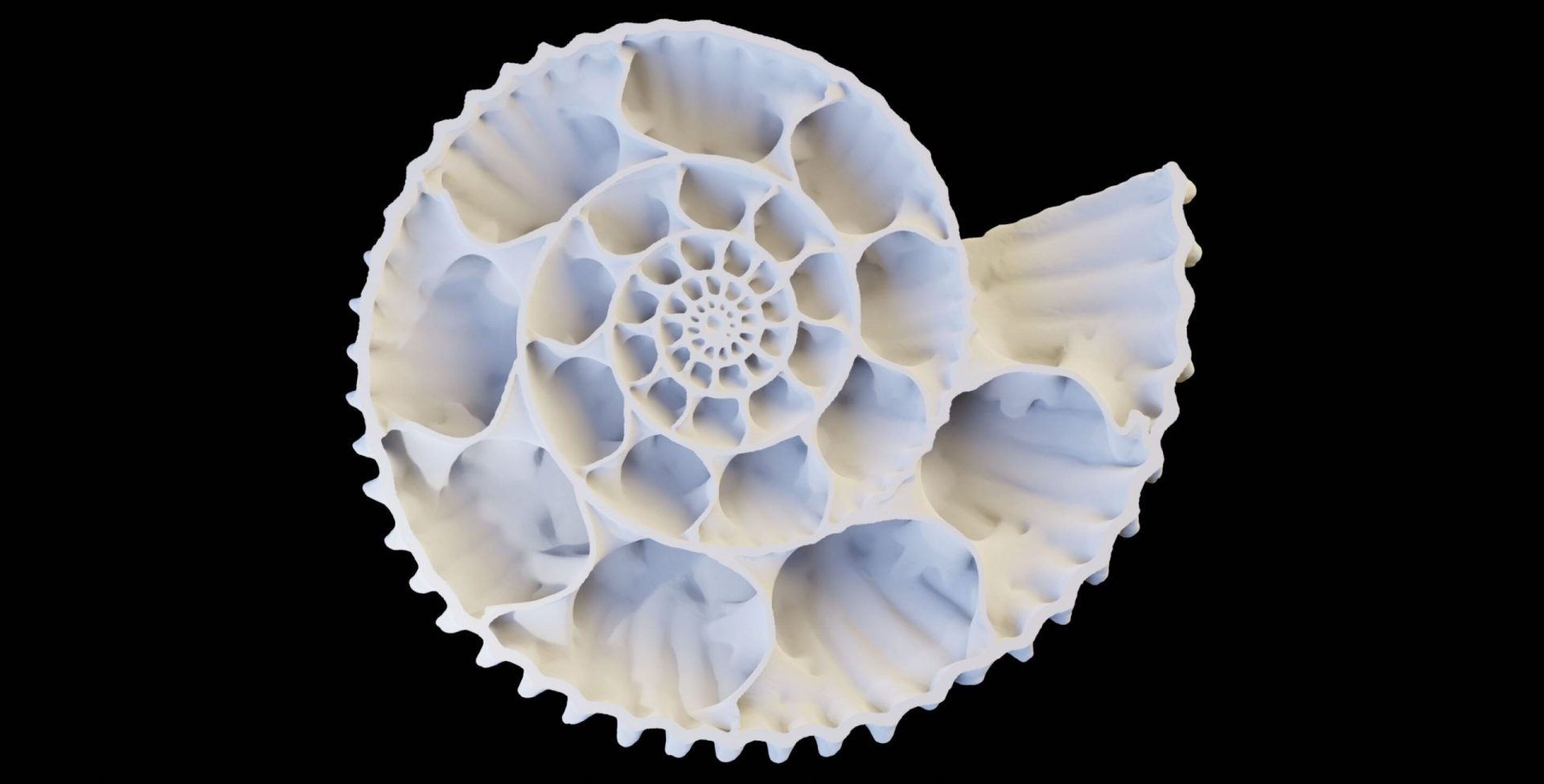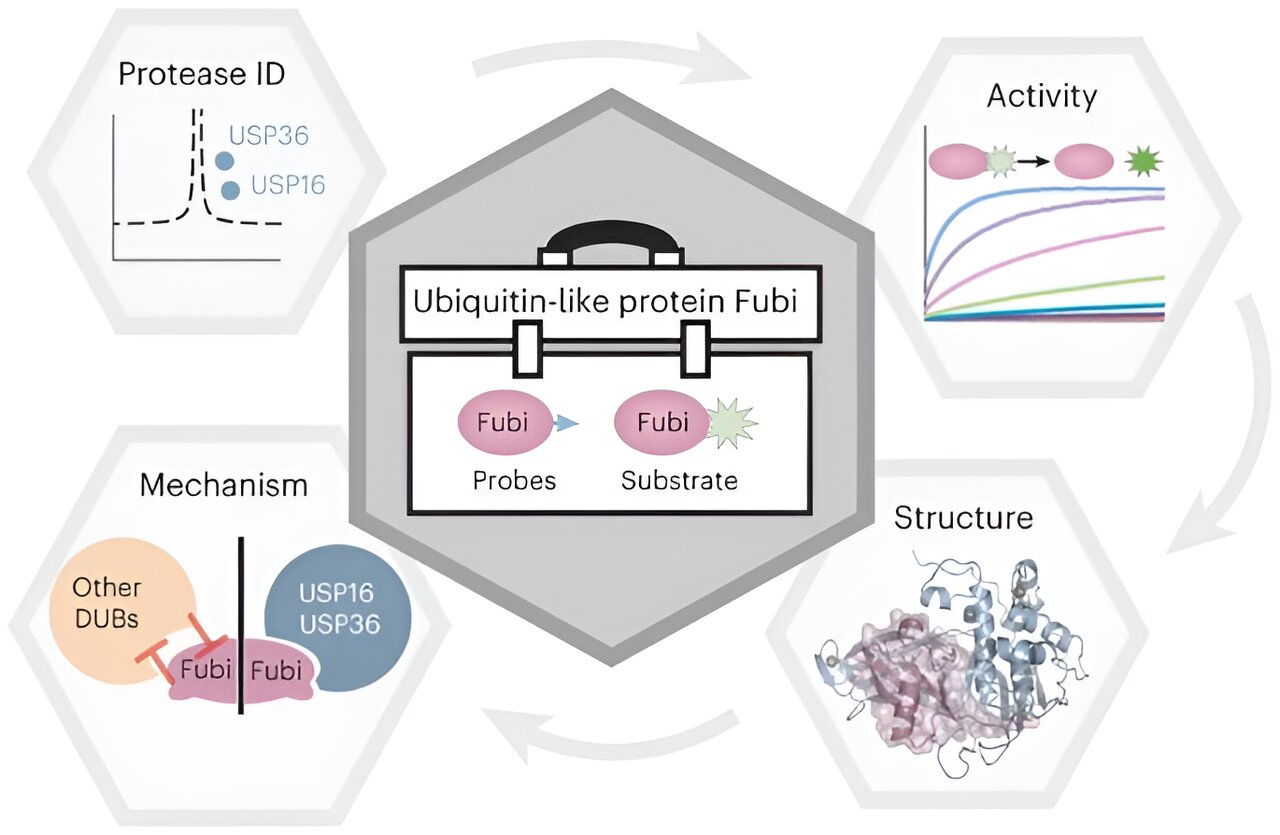Prepare to be amazed as we delve into the memories of seven ESA spacecraft and uncover the secrets of space radiation. In a groundbreaking study, engineers have analyzed years of data to understand the impact of extreme space weather events on spacecraft throughout the solar system. This research not only has implications for future spacecraft design, but also for our understanding of space weather science and the risks faced by humans and robots outside of Earth’s protective shield.
Every spacecraft has a story to tell. Just like us, they experience the wonders and challenges of space. Their “housekeeping data,” often overlooked as just an engineering tool, holds valuable scientific insights about the environments they inhabit. This is especially true for the Red Planet, where we hope to one day call home.
In a comprehensive feasibility study, researchers have delved into the archival “diary entries” of seven ESA missions across the solar system. Their focus? Solar energetic particle events, one of the most dangerous weather phenomena in space. These events, like atomic “hailstones” from the sun, pose a significant radiation hazard to spacecraft and astronauts.
‘Dear diary, the sun keeps chucking charged particles at me’
Space weather is a whole different ballgame compared to Earth’s weather. Solar energetic particles (SEPs) can be thought of as atomic hailstones, accelerated to unimaginable speeds. These particles, mostly protons but also larger ones like helium nuclei and HZE ions, are constantly emitted by the sun. However, they receive a massive boost during solar flares and coronal mass ejections.
These charged particles create massive waves, traveling at speeds close to the speed of light. They can even penetrate Earth’s magnetic field, posing a significant radiation hazard. Understanding their distribution and motion throughout the solar system is crucial, but challenging. It requires instruments spread across space to detect and study them.
Seven missions, seven changing space environments
Data from engineering sensors on board Rosetta, ExoMars TGO, Mars Express, Venus Express, Solar Orbiter, BepiColombo, and Gaia have been meticulously analyzed. The results reveal simultaneous detections of solar energetic particle events in different locations across the solar system. These missions provide a valuable network of solar particle detections where scientific observations are lacking.
The speed of a coronal mass ejection (CME) as it traveled through the solar system and reached various spacecraft is highlighted in an engaging animation. The CME’s speed was measured at different locations, including Mars, Venus, Rosetta, and Saturn. The decrease in speed was slightly lower on the Mars side due to the CME riding on a high-speed solar wind stream. The speed at New Horizons corresponds to solar wind speeds observed around the estimated arrival time. The effects of the CME were felt by various spacecraft, including Venus Express, Stereo-A, Mars Express, Mars Odyssey, Maven, Curiosity rover, Comet 67P/Churyumov–Gerasimenko, Cassini, New Horizons, and Voyager-2. The speed measurements were derived from different methods, such as ion counts, modeling, and analysis of data. The spacecraft’s housekeeping detectors, including Error Detection and Correction (EDAC) memory counters, play a crucial role in protecting the memories of the spacecraft’s computer. Solar particle events can be inferred from an increase in errors counted by the EDAC counters. These events provide valuable data for solar wind modelers and studies on particle propagation in the solar system. The study of these events is significant due to the different technologies, materials, and positions of the spacecraft, which yield interesting results. The data collected by spacecraft throughout the years can be used for both scientific and engineering purposes. It helps understand the distribution and propagation of solar energetic particles and assess the spacecraft’s protection against solar radiation. The data can also contribute to real-time warnings of solar activity. The memories of spacecraft, including memory counters and other experiences, provide valuable insights and contribute to the scientific exploration of the solar system. By continuing to study and care for spacecraft, we can uncover even more knowledge and increase their scientific return. Understanding the solar system’s impact on our space explorers is crucial before embarking on further exploration.








